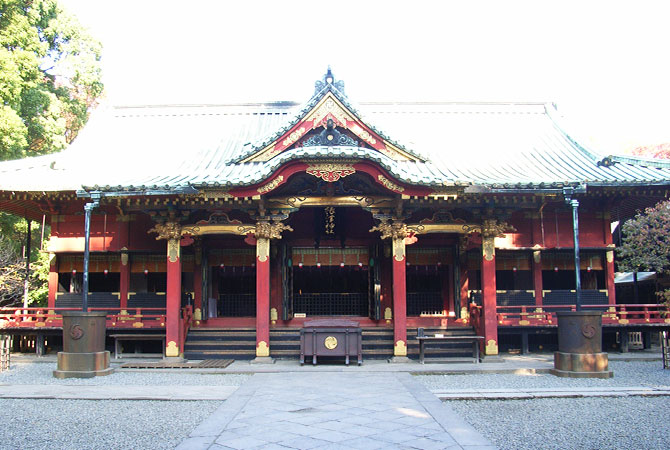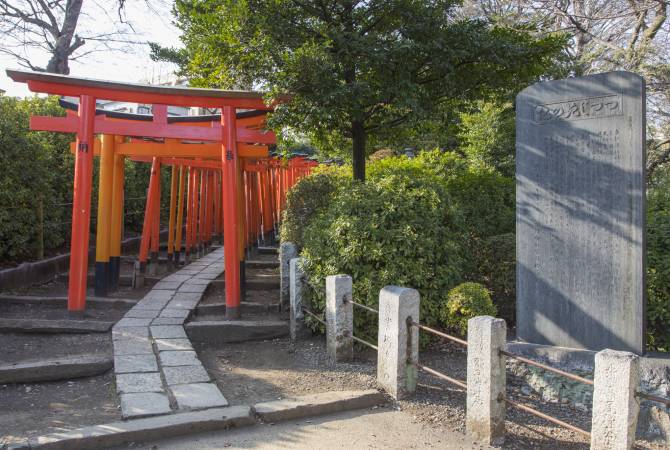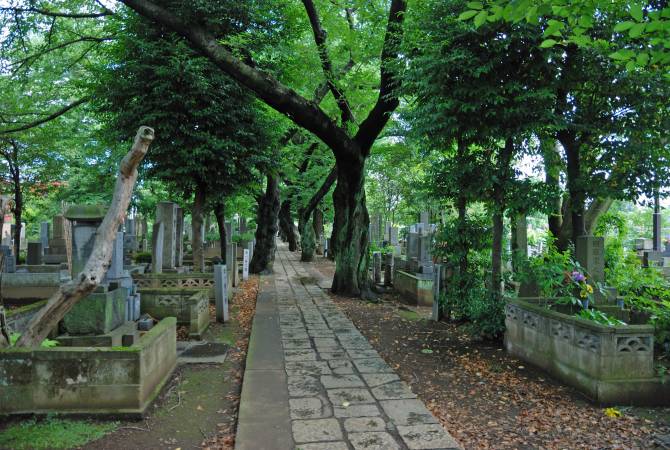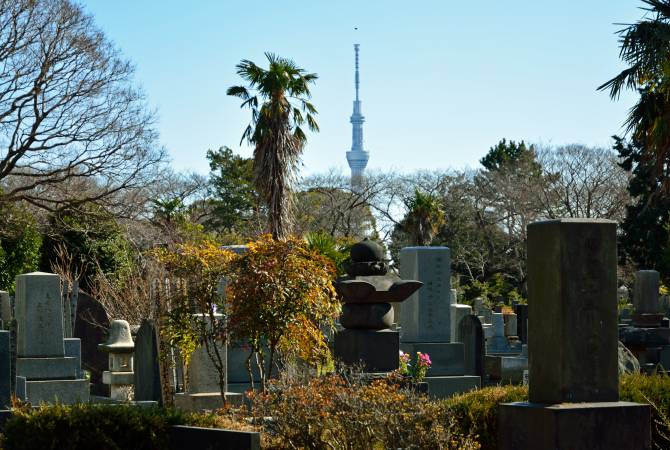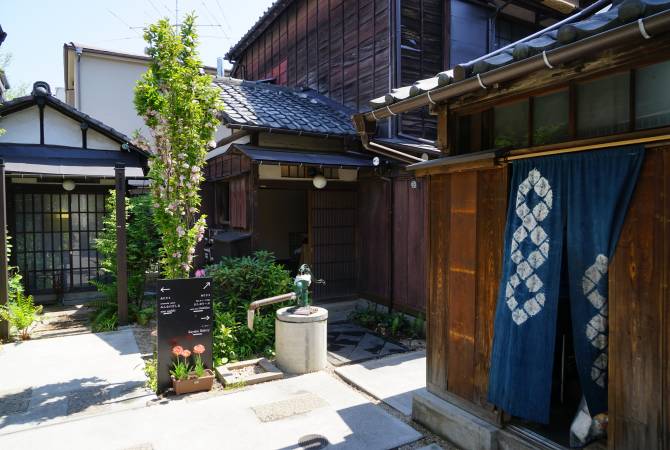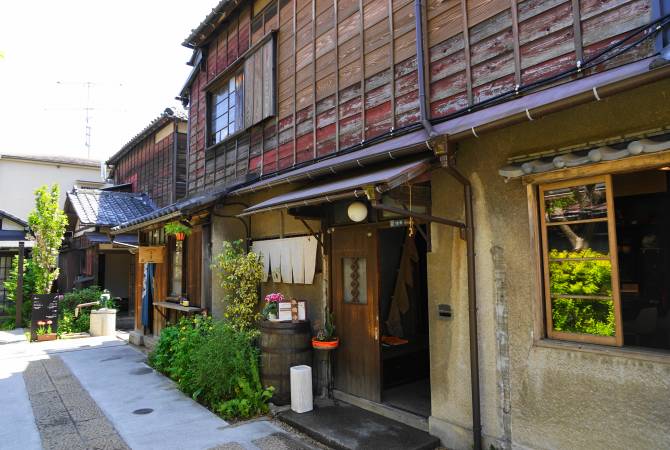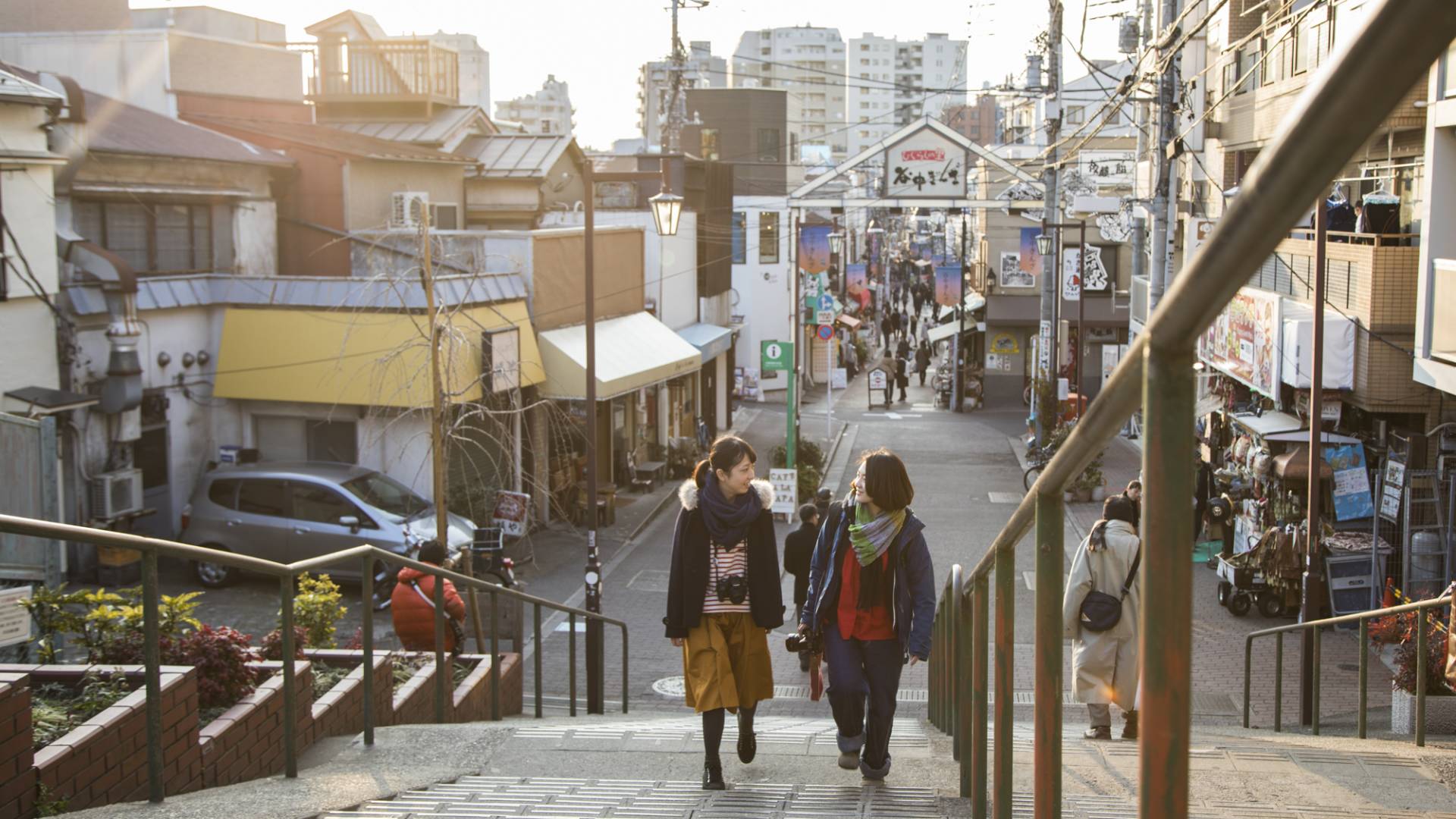
- Share this page
Share this page
- EN
Select Language
- FAVORITES
- Search
Detailed search: You can do a detailed search by keyword, genre, time, area and tag.
Main content starts here.
- Visit Tokyo |
- SPOT |
- Northern Tokyo |
- Yanaka & Nezu explore old Tokyo
Updated: December 19, 2025
Yanaka & Nezu explore old Tokyo
Slow down the pace and turn up the nostalgia—a downtown Tokyo from a different era
Having miraculously avoided major damage during world wars and natural disasters, Yanaka and Nezu—two of the neighborhoods that make up shitamachi, Tokyo's old downtown—retain their last-century charm. You'll find historical sites such as Yanaka Cemetery and Nezu Shrine tucked away among shitamachi's narrow back alleys, traditional wooden houses, izakaya pubs, atmospheric coffee shops and retro stores selling old-style sweets and snacks. Here you can slip back in time to a slower-paced, more genteel Tokyo.
Tips
- Take a trip to Yanaka Ginza—a retro shopping street brimming with shitamachi nostalgia
- Visit art spots housing works from traditional to avant-garde
- Take in the area's historical highlights—Yanaka Cemetery, Nezu Shrine, and Ueno Sakuragi
How to Get There
You can take trains to Nippori Station on the JR Yamanote, Keihin-Tohoku and Joban lines, as well as the private Keisei Dentetsu Line, and the Nippori-Toneri Liner. Tokyo Metro's Chiyoda Line also stops off at Nezu and Sendagi Stations.
From Haneda Airport: 55 minutes by train.
From Narita Airport: One hour, twenty minutes by train.
From Shinjuku Station: 20 minutes on the JR Yamanote Line to Nippori Station.
From Tokyo Station: 12 minutes on the JR Yamanote Line to Nippori Station.
Yanaka Ginza—a taste of downtown Tokyo
The retro shopping street of Yanaka Ginza has around 60 shops occupying a lantern-lined 170-meter stretch. This area has largely survived wars and earthquakes, so strolling through it is like traveling back to the Showa era (1926-89).
Step into the small shops selling traditional Japanese snacks, sweets and handicrafts, and pick up some street food to eat while you stroll—piping-hot sweet potatoes, juicy pork cutlets, sweet chestnuts and grilled squid are just a few of the traditional treats on offer.
Keep an eye out for the statues of the “Seven Lucky Cats” that can be found around Yanaka Ginza. You can also enjoy various types of cat-themed and cat-shaped snacks.
If you're in the area around sunset, head to the staircase known as Yuyake Dandan—Sunset Steps—to see the area bathed in a warm glow.

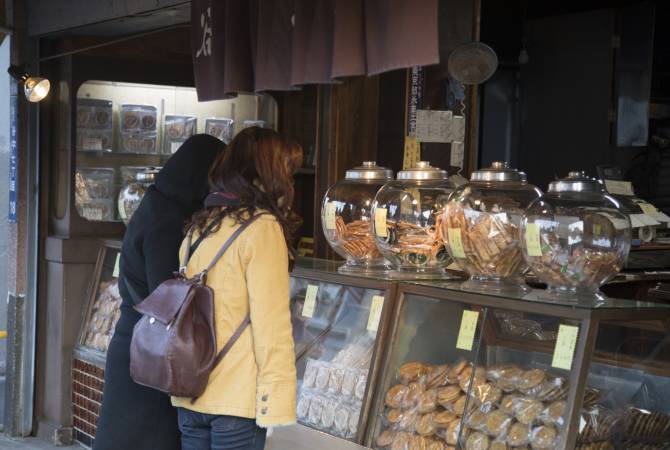
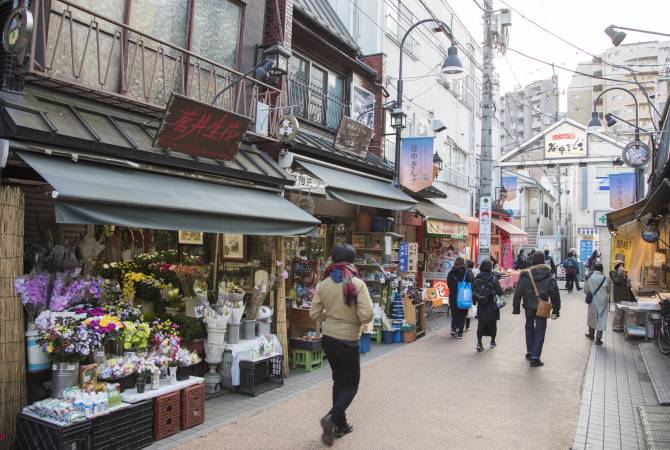
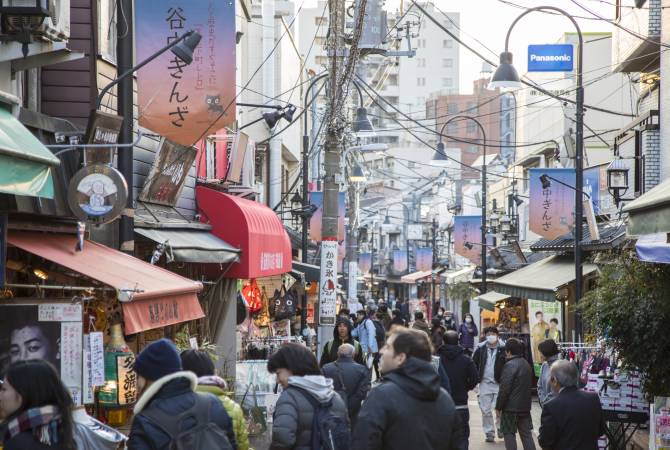
A hub of artistic creativity
The streets of Yanaka and Nezu are home to more than just small shops selling traditional foods and crafts—the area's vibrant art scene presents works from all across the artistic spectrum. HAGISO is a renovated wooden apartment transformed into a thriving café and gallery, while SCAI the Bathhouse—once home to public baths—has become a contemporary art gallery exhibiting the works of Japanese avant-garde artists and international artists. The Asakura Museum of Sculpture, once the studio and residence of leading Japanese sculptor Fumio Asakura (1883-1964), is now a museum. The Takehisa Yumeji Museum houses works by the eponymous painter that express the romance of Japan's Taisho period (1912-26). If time is on your side, drop into the Daimyo Clock Museum to take a look at the dazzling array of pre-modern clocks.
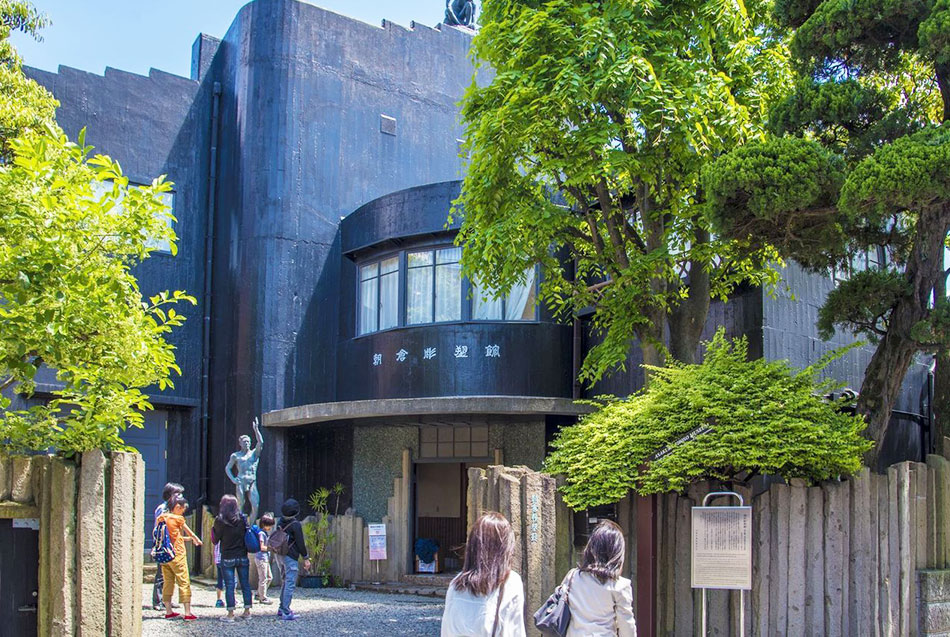
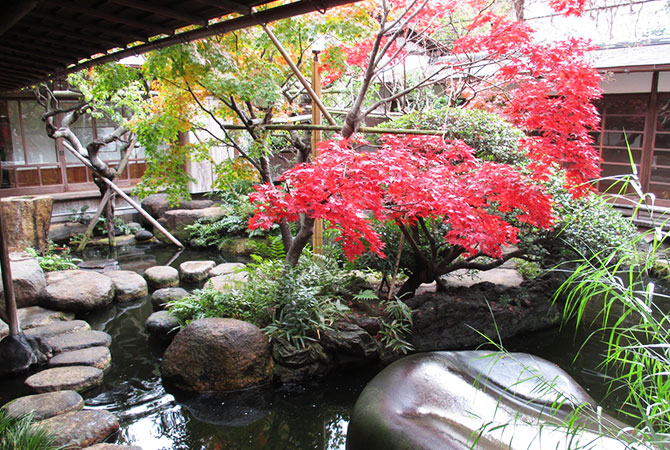
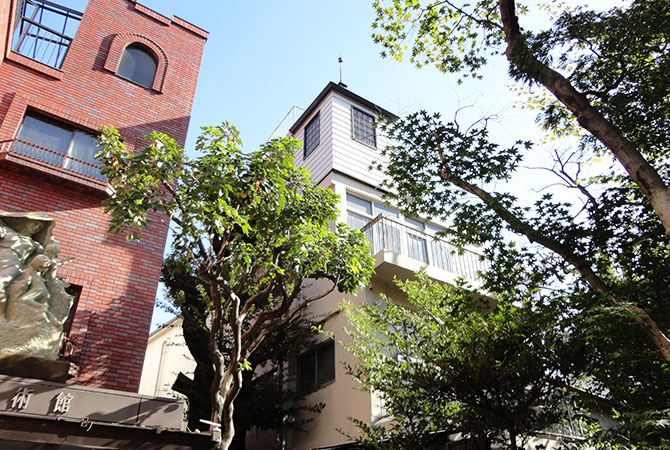
Wandering farther back in time
While the streets of Nezu and Yanaka might take you back a century or so, there are other spots of interest that have existed for far longer. While the expansive Yanaka Cemetery is ultimately a place to lay the dead to rest, it is worth visiting to walk among the beautiful trees, flowers, and plants. Drop by in spring when the cherry blossoms are in full bloom, and see the final resting places of warlords and artists brightened up by the delicate pink flowers. Nezu Shrine is another historical highlight, with its grounds full of brilliant-red arch tunnels, ponds of vividly colored carp, and the shrine buildings themselves. Crowds gather here for the Azalea Festival in April. Dating back to the early 20th century, the three old houses of Ueno Sakuragi Atari have been turned into a beer hall and a salt and olive oil shop. There are also community spaces, and workshops.
Step back in time at Kayaba Coffee, a beloved symbol of Yanaka. The wooden building was originally constructed in 1916, and Kayaba Coffee was in business from 1938 until the death of the original owner in 2006. With support from the local community, it was renovated and reopened in 2009, and retains its Showa-era style.
If you have time, you can also visit the neighboring Sendagi area, also known for its traditional style and historical structures. The three neighborhoods, Yanaka, Nezu and Sendagi are known collectively as “Yanesen.”
